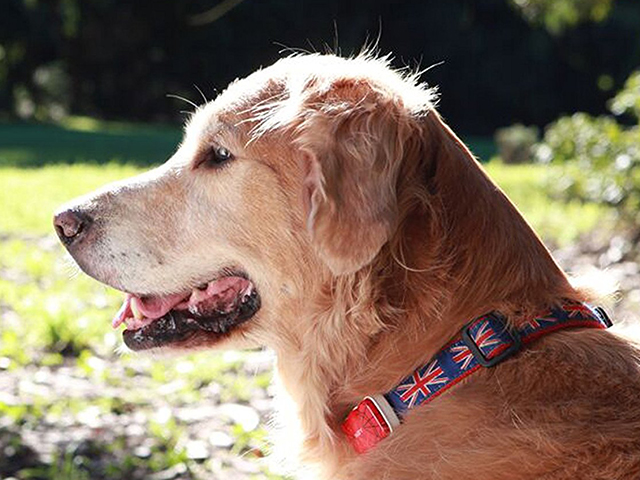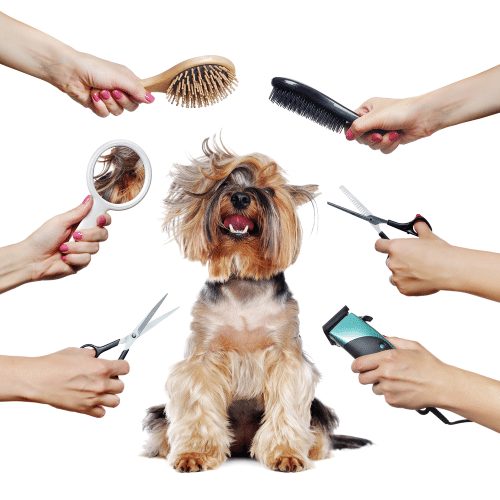Would you consider eating a diet composed of breads and cookies? Of course you wouldn’t and that is why pet owners around the globe are turning away from processed, grain based, kibble diets for their dogs. Most allergies arise from corn, wheat and other common grains causing health problems among our furry friends. They account for a substantial amount of carbohydrates, causing weight issues, Diabetes and severe inflammatory conditions.

A dog is considered a senior during the last 25% of his life span. The life span depends on the breed of your dog. Generally, an older dog can participate in the same physical activity as younger dogs as long as the activity is tolerated. It’s important to observe your dog closely as he engages in exercise, noting any signs of pain or discomfort in an effort to make appropriate adjustments to his routine.
If your pet suffers from arthritis, some of the best workouts involve low impact exercises which are easy on bones and joints. Swimming and short, frequent walks are highly recommended. Like humans, often times, walking is the best exercise. In fact, many Vets believe that walking can help improve complications associated with conditions such as Kidney Failure and Diabetes.
It is also important to pay attention to environmental factors such as the temperature and humidity, keeping in mind that a senior dog is likely to become dehydrated at a faster rate. Consider exercising your dog during an active time of his day. It’s never a good idea to workout a hungry or sleepy pet.
Consistent exercise can help keep your aging dog’s joints, muscles and ligaments strong, while improving circulation, reducing inflammation and providing a healthy and stable mental state. The good news; all of this is true for you, too! Whether you choose walking, swimming, frisbee or even doggy yoga, there has never been a better time to workout with your pet!











